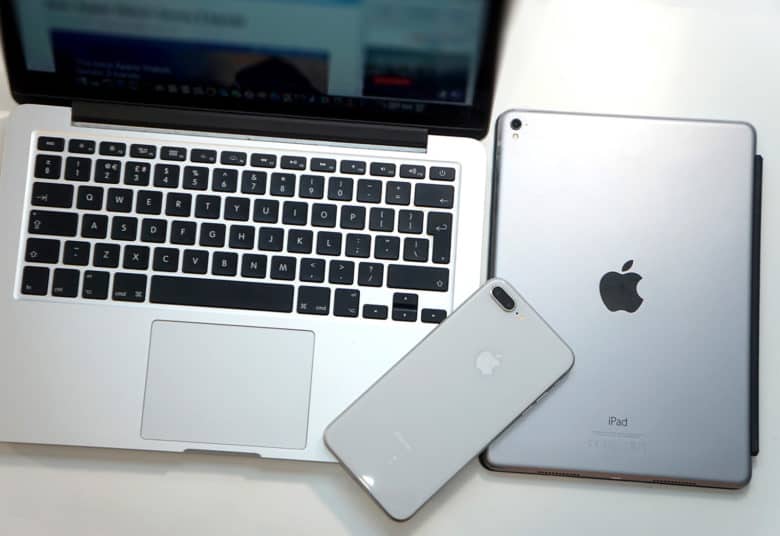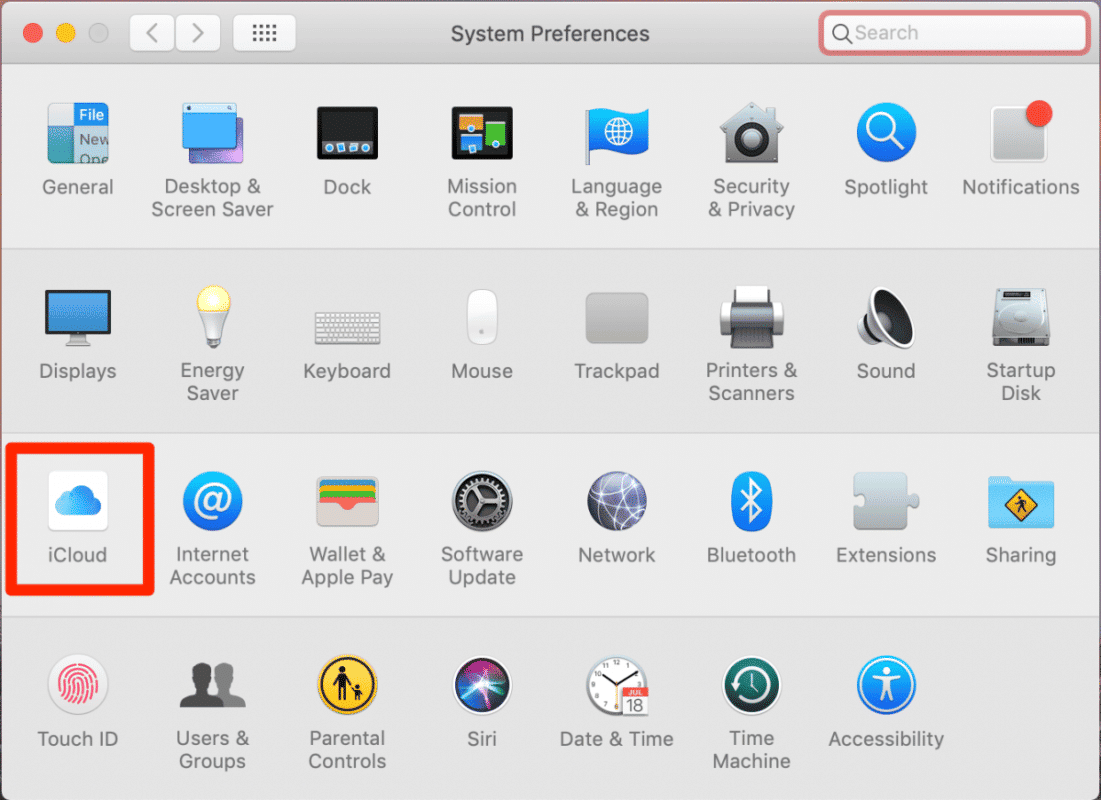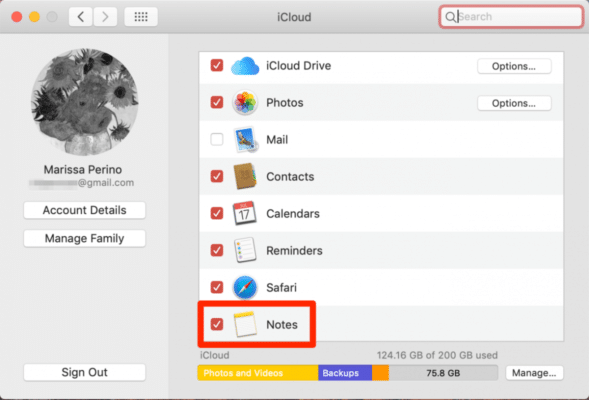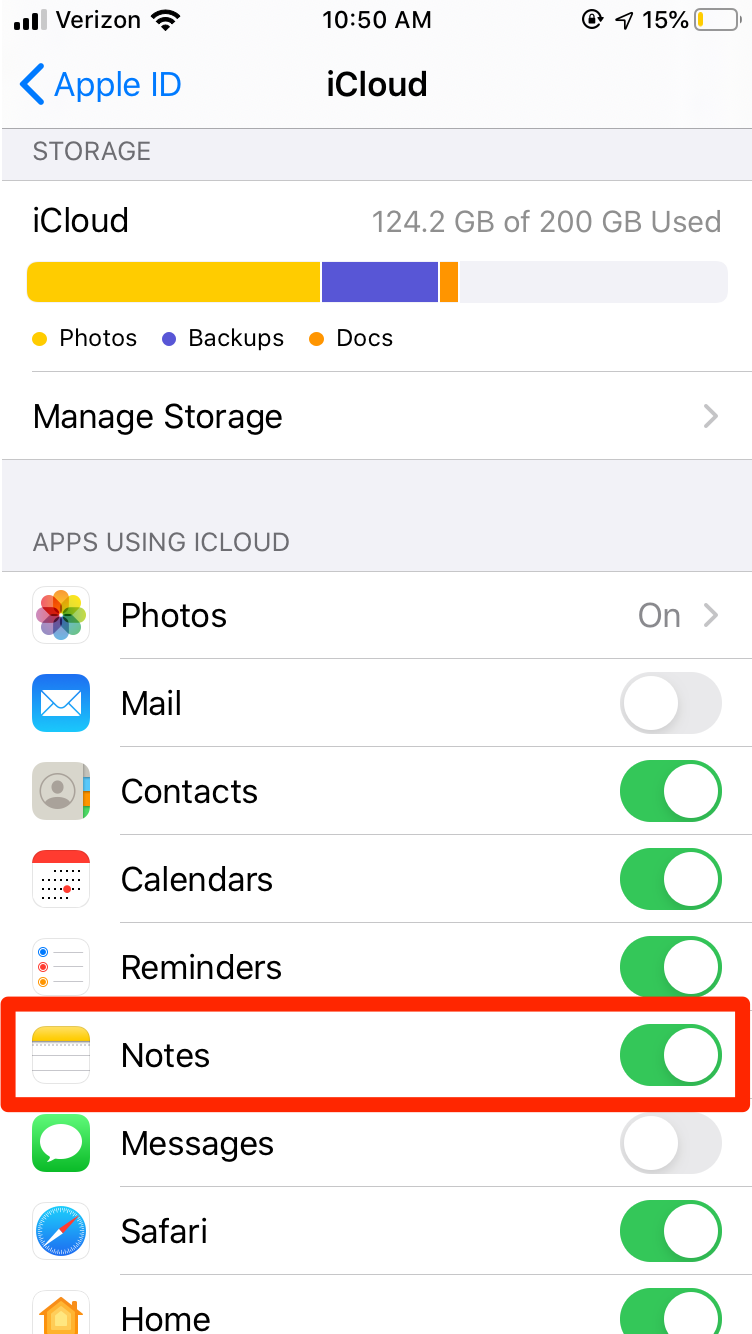Notes are a brilliant way to organize lists, ideas e.t.c. And because of iCloud, it is possible to sync these notes across all your devices. People prefer to use the Notes application the most on their iPhones because it is brilliant with jotting down sudden thoughts and reminders whenever we want.
These Notes can easily be synced by making some alterations in your iCloud settings. By so doing, any Note taken on one device would be seen on all your iCloud-connected devices. However, you must know that syncing will not be possible if you have signed in with one Apple ID on the 2 devices. See How To Sync Notes From My iPhone To A Mac Through iCloud?:
How Can I Sync My Notes On My Mac?
Before anything else, you must ensure your Mac is open for syncing.
- Launch the System Preferences application on your Mac. It can be done by clicking on the Apple logo in the top-left corner of the display and choosing “System Preferences.”
- Click “iCloud.” If you are running macOS Catalina, it might also be named “Apple ID.”
You Might Also Want To Read- How To Change The iCloud Account On Your iPad?
- Here, all the information about your Apple ID account would be seen. The main part of the screen should reveal which apps are presently using iCloud. Ensure the Notes app has a checkmark close to it. If it shows an empty white box, click it to tick it.
It is also possible to access the iCloud settings page by going via the Notes app on your Mac. Just:
- Launch Notes.
- Click “Notes” in the menu bar way up on the screen.
- Click “Accounts.” It will reveal your account information. You might have linked several email accounts to your Mac, but iCloud has to always be the first option.
- Choose your iCloud account in the pane on the left.
- Swipe down and ensure the Notes app has a checkmark close to it. It is also key to know that syncing will only work if you’ve signed in with the same Apple ID on the 2 devices, therefore make sure this account on your Mac will be the same as the account on your iOS device.
How Can I Sync My Notes On My iPhone?
- Launch the Settings app on your device.
- Tap on your name at the top. It will direct you to your account details for your Apple ID, iCloud, and iTunes & App Store.
- Tap “iCloud.”
- This will take you to your iCloud details page, where you will see how much storage you’ve used for images, backups, and documents, alongside which applications are presently using iCloud. Locate the Notes app and ensure the toggle is switched from gray to green. Tap or scroll to modify this.
You Might Also Want To Read- How Do I Delete Pictures From My iPhone Without Affecting iCloud?
If for any reason your notes aren’t syncing, ensure the default account is set to iCloud because it is possible that the notes you are typing on your iPhone are linked to another account. To get this done:
- Launch your Settings app.
- Swipe down to the “Notes” tab in the 5th section. Tap to open it.
- Ensure “Default Account” is set to “iCloud.” If this is not the case, tap to change it. Your Notes will now automatically sync with your Mac.
More Information About Your Mac
The Macintosh is a family of personal computers designed, manufactured and sold by Apple Inc. since January 1984.
The original Macintosh was the first mass-market personal computer that featured a graphical user interface, built-in screen and mouse. (Although the Sinclair QL became available one month before the Macintosh family and thus was technically the first home computer with a graphical user interface, the QL never attained widespread commercial success.) Apple sold the Macintosh alongside its popular Apple II family of computers for almost ten years before they were discontinued in 1993.
Early Macintosh models were expensive, hindering its competitiveness in a market dominated by the Commodore 64 for consumers, as well as the IBM Personal Computer and its accompanying clone market for businesses. Macintosh systems found success in education and desktop publishing and kept Apple as the second-largest PC manufacturer for the next decade. In the early 1990s, Apple introduced the Macintosh LC II and Color Classic which were price-competitive with Wintel machines at the time. However, the introduction of Windows 3.1 and Intel’s Pentium processor which beat the Motorola 68040 in most benchmarks gradually took market share from Apple, and by the end of 1994 Apple was relegated to third place as Compaq became the top PC manufacturer. Even after the transition to the superior PowerPC-based Power Macintosh line in the mid-1990s, the falling prices of commodity PC components, poor inventory management with the Macintosh Performa, and the release of Windows 95 saw the Macintosh user base decline.
Prompted by the returning Steve Jobs’ belief that the Macintosh line had become too complex, Apple consolidated nearly twenty models in mid-1997 (including models made for specific regions) down to four in mid-1999- The Power Macintosh G3, iMac, 14.1″ PowerBook G3, and 12″ iBook. All four products were critically and commercially successful due to their high performance, competitive prices and aesthetic designs, and helped return Apple to profitability. Around this time, Apple phased out the Macintosh name in favor of “Mac”, a nickname that had been in common use since the development of the first model. Since their transition to Intel processors in 2006, the complete lineup is Intel based. Its current lineup includes four desktops (the all-in-one iMac and iMac Pro, and the desktop Mac Mini and Mac Pro), and two laptops (the MacBook Air and MacBook Pro). Its Xserve server was discontinued in 2011 in favor of the Mac Mini and Mac Pro.
Apple has also developed a series of Macintosh operating systems. The first versions initially had no name but came to be known as the “Macintosh System Software” in 1988, “Mac OS” in 1997 with the release of Mac OS 7.6, and retrospectively called “Classic Mac OS”. In 2001, Apple released Mac OS X, a modern Unix-based operating system which was later rebranded to simply OS X in 2012, and then macOS in 2016. The current version is macOS Mojave, released on September 24, 2018. Intel-based Macs are capable of running non-Apple operating systems such as Linux, OpenBSD, and Microsoft Windows with the aid of Boot Camp or third-party software.
Apple also produced a Unix-based operating system for the Macintosh called A/UX from 1988 to 1995, which closely resembled contemporary versions of the Macintosh system software. Apple does not license macOS for use on non-Apple computers, however System 7 was licensed to various companies through Apple’s Macintosh clone program from 1995 to 1997. Only one company, UMAX Technologies was legally licensed to ship clones running Mac OS 8. Since Apple’s transition to Intel processors, there is a sizeable community around the world that specialises in hacking macOS to run on non-Apple computers, which are called “Hackintoshes”.





